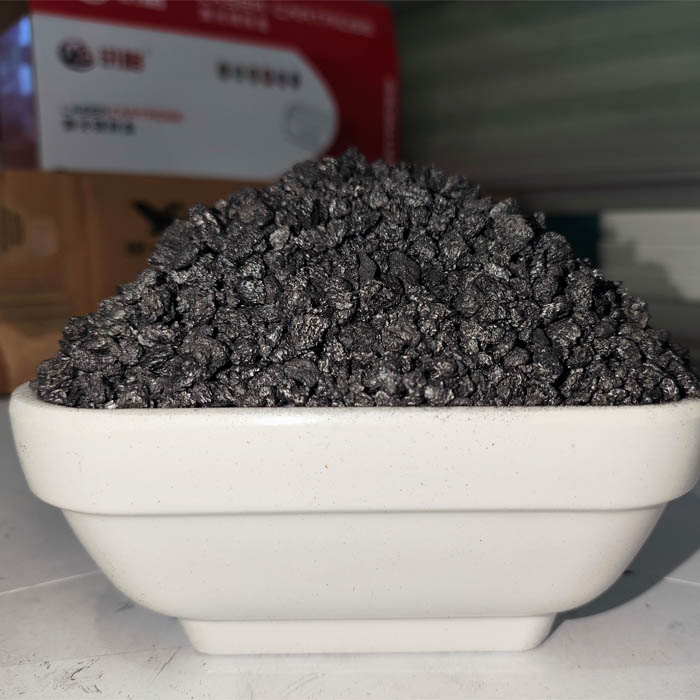ታኅሣ . 03, 2024 10:50 Back to list
adsorbent material
The Role of Adsorbent Materials in Environmental and Industrial Applications
Adsorbent materials play a crucial role in a wide range of environmental and industrial applications. These substances, which can capture and retain molecules from gases or liquids on their surface, are essential for processes such as water purification, air quality control, and chemical separation. This article explores the types of adsorbent materials, their mechanisms of action, and their significance in modern technology.
Types of Adsorbent Materials
Adsorbent materials can be categorized into several types based on their composition and structure. Activated carbon is one of the most widely used adsorbents due to its high surface area, porosity, and ability to adsorb a variety of organic and inorganic compounds. Derived from natural sources like coconut shells or wood, activated carbon undergoes a treatment process that maximizes its adsorptive capabilities, making it effective for air and water purification.
Another significant type of adsorbent is zeolites, which are crystalline aluminosilicates. Zeolites possess a unique porous structure that enables the selective adsorption of molecules based on size and polarity. Their use extends beyond gas and liquid filtration to catalysis and ion exchange processes, making them invaluable in various chemical industries.
Silica gel, a porous form of silicon dioxide, is also a common adsorbent in desiccation applications. Its high surface area and affinity for water vapor allow it to control humidity levels in packaging and storage environments, preserving the integrity of moisture-sensitive products.
Mechanisms of Adsorption
The effectiveness of adsorbent materials is determined by their adsorption mechanisms, which primarily include physisorption and chemisorption
. Physisorption involves weak van der Waals forces that allow molecules to adhere to the surface of the adsorbent. This type of adsorption is generally reversible and occurs at low temperatures.In contrast, chemisorption involves the formation of stronger chemical bonds between the adsorbate and the adsorbent's surface. This process is often irreversible and occurs at elevated temperatures, leading to a higher energy requirement. Understanding these mechanisms is crucial for optimizing adsorbent selection and designing efficient filtration systems.
adsorbent material

Applications in Environmental Remediation
One of the most significant applications of adsorbent materials is in environmental remediation. Contaminated water bodies often harbor pollutants such as heavy metals, organic compounds, and microplastics. Traditional treatment methods can be costly and inefficient; however, the use of adsorbents offers a viable solution.
Using activated carbon or zeolites, industries can effectively remove harmful substances from wastewater. These materials not only enhance the quality of water but also prevent environmental degradation. The possibility of regenerating and reusing adsorbents adds to their sustainability, as they can be treated and returned to service after saturation.
Air Quality Control
Adsorbent materials are equally important in air quality control. Indoor air pollution, often caused by volatile organic compounds (VOCs), can have detrimental effects on human health. By employing activated carbon filters in ventilation systems, businesses and households can significantly reduce airborne contaminants.
Moreover, zeolites are being explored for their ability to capture gases like carbon dioxide and ammonia, contributing to the development of greener technologies. The use of selective adsorbents can help mitigate greenhouse gas emissions and combat climate change.
Future Directions
As environmental concerns continue to grow, the demand for effective adsorbent materials is expected to increase. Future research is likely to focus on developing new materials with enhanced properties, such as higher selectivity, capacity, and regeneration capabilities. Advances in nanotechnology may also lead to the creation of innovative adsorbents with tailored functionalities for specific applications.
In conclusion, adsorbent materials are indispensable in a variety of fields, particularly in environmental and industrial contexts. Their versatile applications not only contribute to cleaner water and air but also pave the way for sustainable practices in managing pollutants. Continued investment in research and development will be essential for advancing adsorbent technology and addressing the pressing environmental challenges of our time.
-
Environmentally Friendly Granule Covering Agent: Sustainable Solutions
NewsAug.27,2025
-
High Purity Graphitized Petroleum Coke & Low Nitrogen Recarburiser
NewsAug.26,2025
-
Fe-C Composite Pellets for BOF: Enhance Efficiency, Lower Steelmaking Costs
NewsAug.25,2025
-
Durable Building Material for Round Wall Exporters | Custom Shapes
NewsAug.24,2025
-
Tundish Dry Vibrator: Boost Steel Casting Performance
NewsAug.23,2025
-
Thermal Insulation Cups Materials Exporters - Quality & Durable Supplies
NewsAug.22,2025
